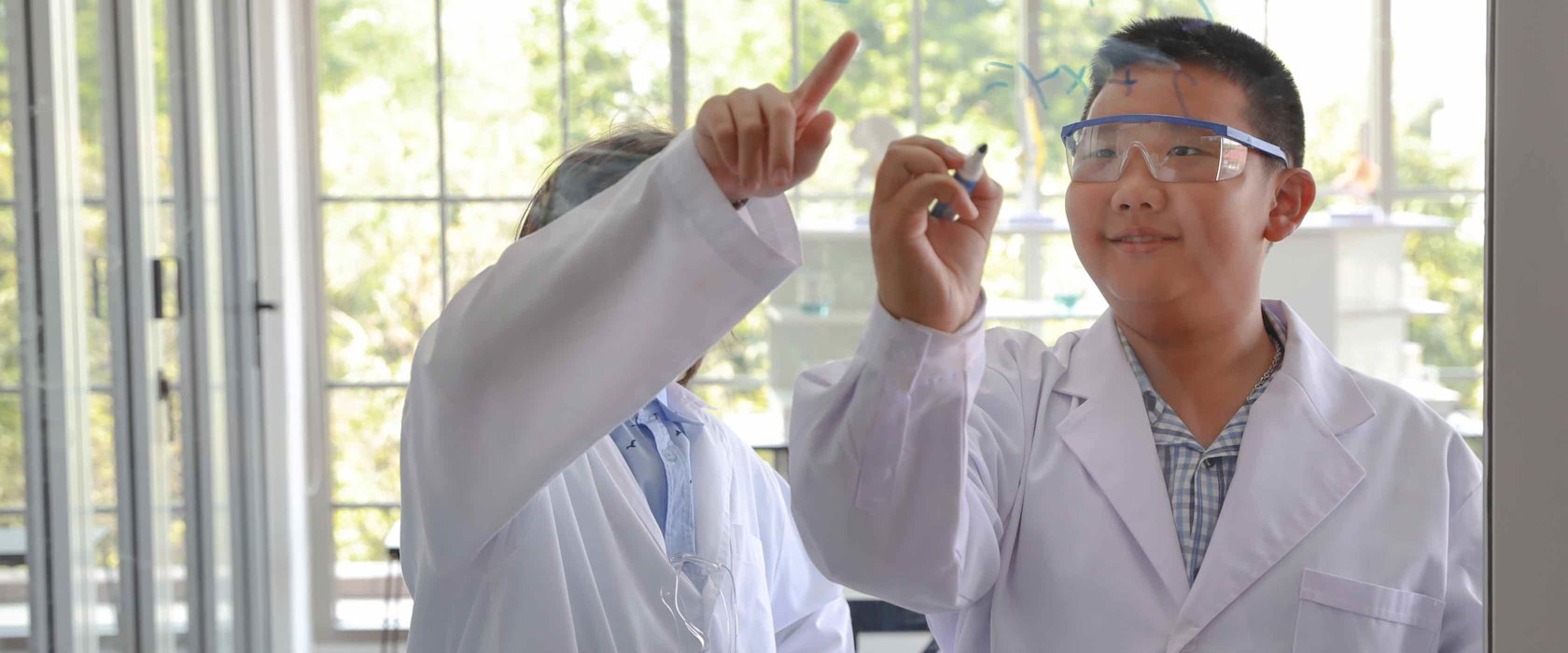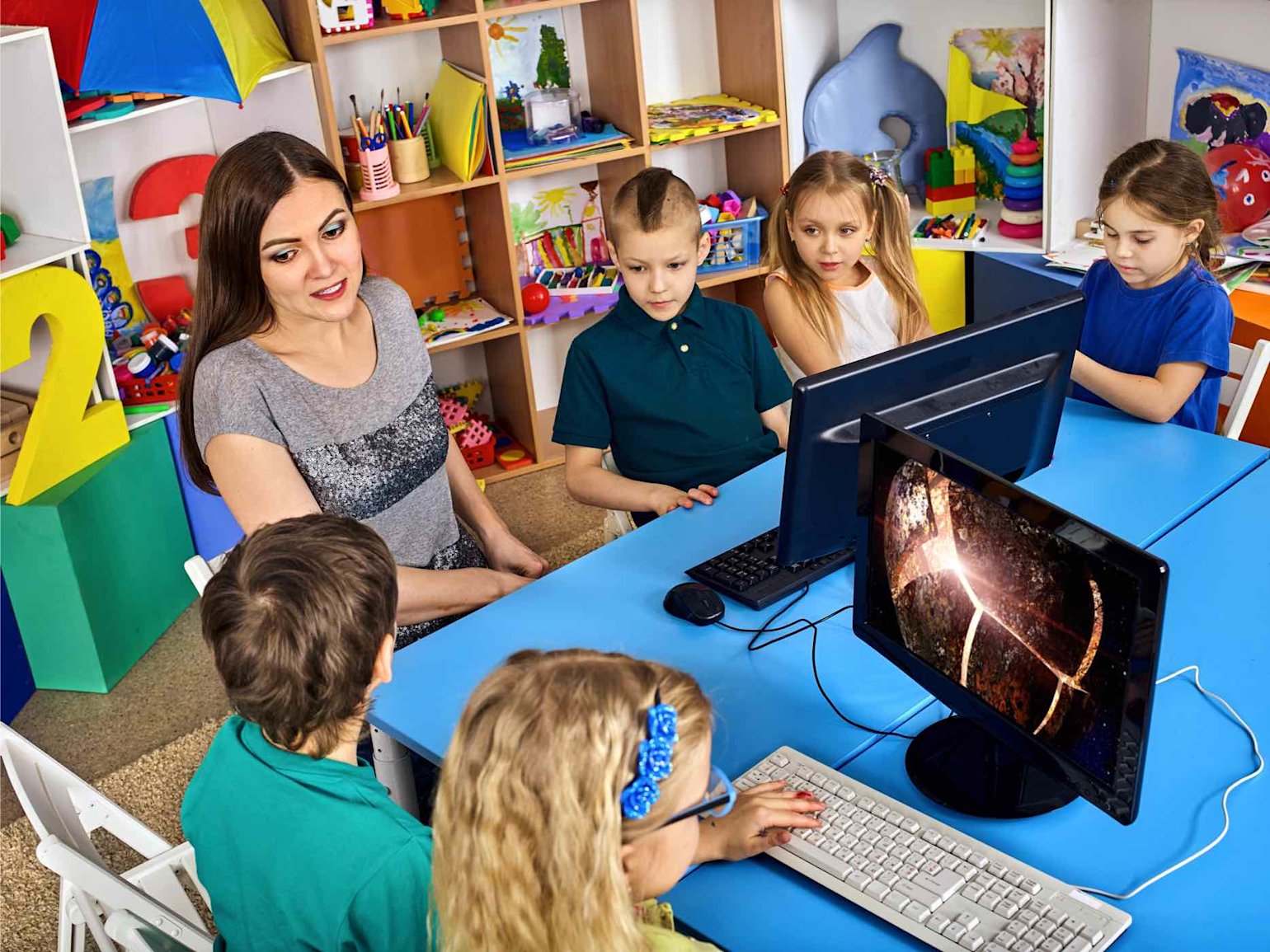Coronavirus (COVID-19) Updates
For the latest COVID-19 information and updates from Qatar Foundation, please visit our Statements page

Babar Ali, Founder and Headmaster of Ananda Siksha Niketan, a school in India that has vastly increased accessibility to education, writes about the tools and techniques required to help students truly learn effectively.
The products of an educational institution are its students, and no institution across the globe can claim that they are able to deliver all their students (or products) with the same performance level and with consistent quality. The students of any educational institution generally will be graded in different performance levels.
In contrast, if we look at the products of any engineering company, they have been able to deliver their products with consistent quality. Of course, educational institutions are dealing with people, in contrast to engineering companies, where they deal with raw materials and machines. Engineering principles such as standard processes, frameworks, and tools help companies to deliver products with consistent quality. Similarly, educational institutions may apply principles of engineering to solve problems in learning, enhance the learning outcomes of students, and deliver students with consistent quality and performance levels.

In an educational institution, the curriculum, textbooks, infrastructure, and teachers are the same for all students, but their performance differs. What differs for each student is their parents and themselves. Parents play a key role in the learning process, but, in most of the cases, parents are giving their best to support their children’s education. So where is the problem?
The problem is in the learning ability of the students. And the solution is to create awareness among students regarding the process of learning and train them with tools and techniques to learn effectively.
There is a Chinese proverb which says ‘give a man a fish and you are feeding him for a day; teach him how to fish and you are feeding him for life’. We need to teach students how to learn, so that they can become independent learners and learn anything, at any time, and anywhere.
By applying principles of engineering - standard processes, frameworks, and tools to learning, it is possible to enhance the learning outcomes of students, and educational institutions can deliver students with consistent quality. School leadership teams and teachers need to give more focus to ensuring that students understand the learning process and empower them with the right set of tools and techniques for effective learning.
The Learning Process: Learning = Thinking = Questioning = Time = Love
The above learning equation describes learning as a thinking process. A thinking process involves questioning. Questioning helps people spend more time in learning. Spending more time in learning enhances love for learning. And when students start doing things with love, learning automatically happens.
The first step in the learning process is curiosity, willingness to learn, and having a strong purpose to learn. Teachers and school leaders need to play a big role in motivating students and help them to set a strong purpose and strong goals in their life, which trigger them to learn specific knowledge and skills.
In general, students are willing to learn and may have a purpose, but they can face difficulties in the process of learning and have no clue about how to overcome them. This is where school leadership teams and teachers play a bigger role in identifying the problems that students are facing, and coming up with effective solutions which suits the local conditions within the constraints that can exist.
Most students are not able to connect the concepts by reading and writing from textbooks. More focus should be given to ‘learning by doing’, and curriculums need to be designed with activities that reflect real-life scenarios and local culture.

Image source: Poznyakov, via Shutterstock
Learning is a step-by-step process. If a student misses any step, they encounter difficulties at a later point and have no idea on how to overcome those difficulties. This is why teachers need to design assessments to identify what students have missed in the learning process, help them to identify missing concepts, and guide them to go back to those concepts to remove the difficulties in the learning process.
The main reason a student will stop studying or be unable to learn is because of misunderstood words or concepts. In the learning process, it is most crucial to understand the meaning of key words/concepts completely. The 5W1H (What, Why, When, Where, Who and How) framework may be applied to get clarity from each concept or key word.
The learning process should be designed and implemented in such a way that students experience the joy of learning and exhibit love for learning. It also requires building a good relationship among students, teachers, and parents.
5W1H – Learning Framework:
5W1H refers to What, Why, When, Who, Where and How. If a learner asks these six questions of every concept that they are trying to learn, they will get complete information regarding the concept. What refers to basic definition and facts related to the concept, Why refers to the reason behind the concept, When refers to the timeline, Who refers to the people who may be scientists behind the concept, Where refers to the location that a concept can be applied, and How refers to the detailed step-by-step procedure to apply the concept to solve specific problems
Mindmapping – Learning Tool:
Mindmapping is a tool which can be used to make smart notes, and is based on a radial thinking, non-linear, and graphical approach. In the traditional method of taking notes, it is not possible to connect various related concepts, and it is cumbersome.
Mindmapping uses a top-down approach to store information and it is organized in thae pictorial format using key words with associated links. The mindmap format aligns with the structure of brain cells and helps to recollect the information very easily. And mindmapping also enhances creativity and logical thinking.
By integrating the learning process with the 5W1H framework and Mindmapping tool, learning can be made easy and effective. We intend to develop technology platforms to implement the above process, framework and tools for the greater benefit of the society.

Image source: Bangkok Click Studio, via Shutterstock
Babar Ali was a speaker at the third edition of WISE Education Disrupted, Education Reimagined virtual convening that took place earlier this year, and spoke on a panel titled “Amplifying Next Generation Voices in Leading Learning”.
Babar Ali is a teacher from Murshidabad in West Bengal, who was called the "youngest headmaster in the world" by the BBC in October 2009, at the age of 16. He began teaching at nine years of age, mostly as a game, and then decided to continue teaching other children at a larger scale.
Ananda Siksha Niketan, the school he founded and of which he is the headteacher, is tuition-free and affordable in an economically deprived area, and has been recognised as helping to increase literacy rates in the Murshidabad area.
In 2009, Babar Ali was recognized by Indian-English news channel CNN IBN’s program Real Heroes and was awarded the NDTV Indian of the Year award and Literacy Hero Award by the Rotary India Literacy Mission. He featured in Forbes Asia’s 30 Under 30 list as a social entrepreneur, received an Education Leadership Award from BBC knowledge, and is a TED Fellow, an INK Fellow and INK Conference speaker, and a WIRED Fellow.

